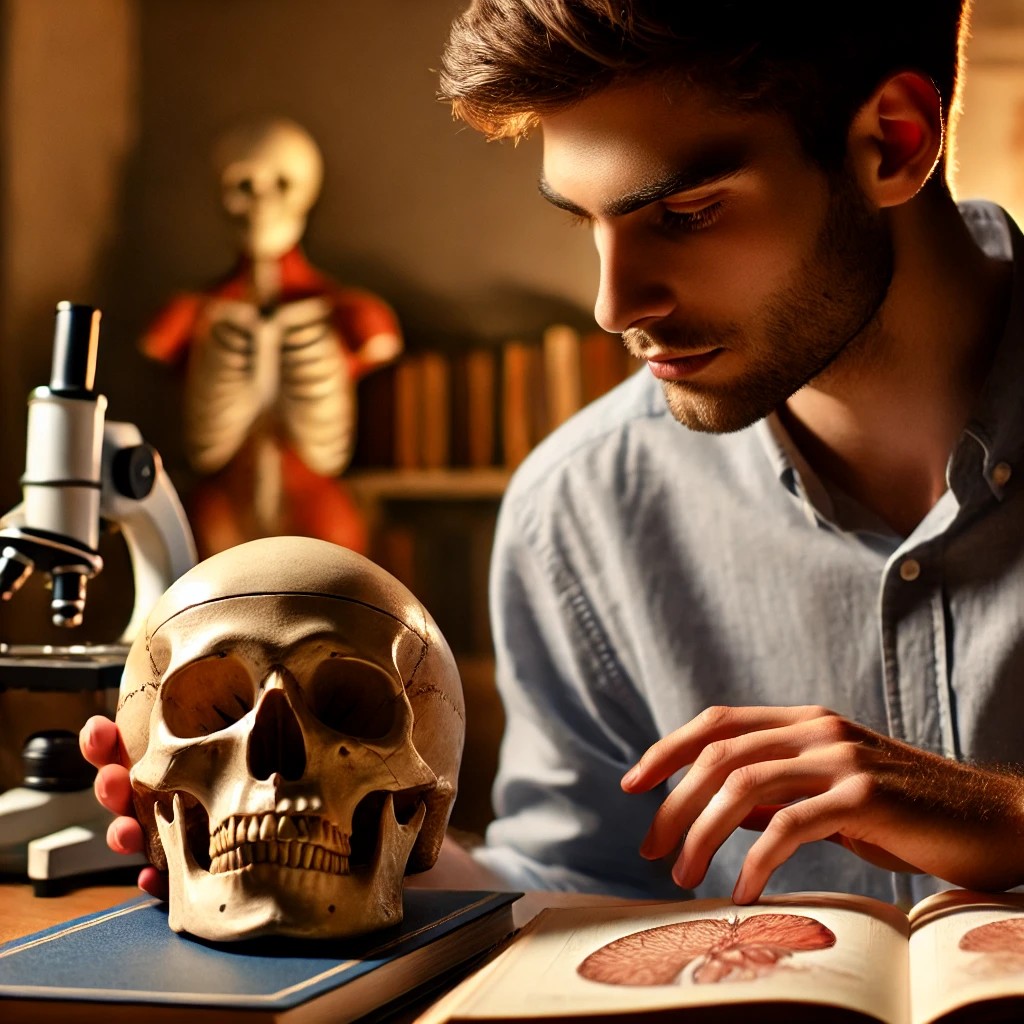
Prepare for a Successful CranioSacral Therapy 1 Class
Begin Now
Maximize your learning by studying these introductory videos, key anatomical structures, and required readings.
INTRODUCTORY VIDEOS
TEXTBOOKS
ANATOMY LIST
MAXIMIZE YOUR LEARNING
Unlock Your Potential: Prepare for an Exceptional CranioSacral Therapy 1 (CS1) Experience!
Enter the course with confidence, making hands-on learning smoother and more impactful. A strong foundation will enable you to focus on your palpation skills and help you integrate this gentle yet powerful therapy with ease.

Sit Back and Enjoy Our Introductory Videos
Whether you’re relaxing, commuting, or getting in a workout, these engaging videos will strengthen your foundation for the seminar and set yourself up for success.
Overview of CranioSacral Therapy
80 Minutes
Deconstructing Chronic Low Back Pain with Upledger CranioSacral Therapy
60 Minutes
Sports Medicine; A CranioSacral Therapy Approach to Treating Acute Injury
60 Minutes
Deepen Your Knowledge: Required Reading & Study Materials
Your Essential Reading List
To build a strong foundation before attending CS1, please read the following:
- CranioSacral Therapy (CSTI) – Chapters 1-6 (John E. Upledger, DO, OMM)
- Your Inner Physician and You (IPAY) (John E. Upledger, DO, OMM)
Special Discount
Access the resources you need to confidently practice and master the principles taught in CS1.
Master the Anatomy: Key Structures to Know Before Class
(CS1 Anatomy Study List)
To become a skilled CranioSacral Therapy practitioner, you must understand the body’s
intricate design. These anatomical structures serve as the foundation for your hands-on
practice, enabling you to evaluate and treat with precision.
Take time to visualize and locate each of these structures on yourself or a model.
Download the anatomy list: CS1 Anatomical Terms
Anatomical Directions & Orientations
Understanding anatomical directions helps you navigate the body with ease.
- Superior (Cephalad) – Toward the head
- Inferior (Caudad) – Toward the feet
- Medial – Closer to the midline
- Lateral – Away from the midline
- Anterior (Ventral) – Toward the front
- Posterior (Dorsal) – Toward the back
- Proximal – Closer to the body’s center
- Distal – Further from the body’s center
Key Body Landmarks
- Pubic Bone – Anterior, central point of the pelvis
- Clavicles – “Collarbones” guiding upper body alignment
- Sternum & Sternal Notch – Essential for chest and ribcage positioning
- Ilia & ASIS (Anterior Superior Iliac Spine) – Critical pelvic reference points
- Sacroiliac Joint – Where movement meets stability
Vertebral Landmarks – Mapping the Spine’s Story
- Pubic Bone – Anterior, central point of the pelvis
- Clavicles – “Collarbones” guiding upper body alignment
- Sternum & Sternal Notch – Essential for chest and ribcage positioning
- Ilia & ASIS (Anterior Superior Iliac Spine) – Critical pelvic reference points
- Sacroiliac Joint – Where movement meets stability
By dedicating time to these resources, you’ll arrive at your CS1 seminar fully prepared to absorb, experience, and apply the powerful techniques of CranioSacral Therapy.
Let the journey begin!

